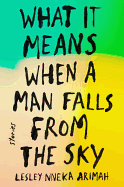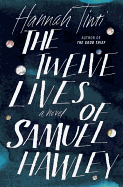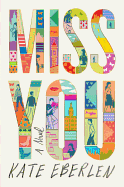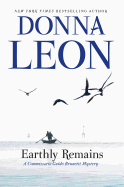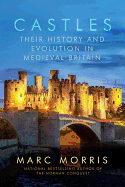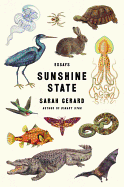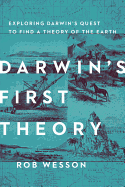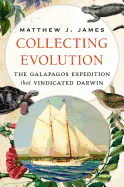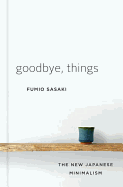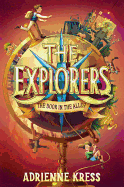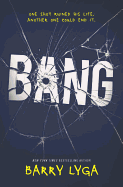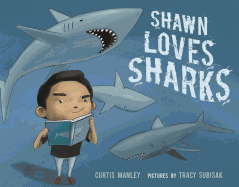Colleen_Chrzanowski.jpg) |
| photo: Colleen Chrzanowski |
Parents faced with the challenges of childrearing often wish they'd been provided with "the manual." You know the one--answers for all the questions you never imagined were even possible, all the thorny situations that rear up. Psychologist Lisa Damour, director of the internationally renowned Laurel School's Center for Research on Girls, has written such a book, Untangled: Guiding Teenage Girls Through the Seven Transitions into Adulthood. Newly out in paperback from Ballantine Books, Damour's work offers a helpful slant that could resonate with a lot of families.
Tell us about the "seven transitions" of the title, and how you came to see this as a useful way of supporting teenage girls.
The seven transitions articulated in Untangled aim to help parents understand the developmental tasks of adolescence. The transitions, addressed one per chapter, are: Parting with Childhood, Joining a New Tribe, Harnessing Emotions, Contending with Adult Authority, Planning for the Future, Entering the Romantic World and Caring for Herself. While I have cared for teenagers in my practice and as a consultant in school settings for more than 20 years, the impetus to organize the teenage years into a set of transitions actually grew out of my work with graduate students in psychology. I started thinking in terms of specific developmental transitions in order to give these budding clinicians a framework for evaluating the mental health of teenagers seeking psychotherapy. When we asked, "In which transitions is the teen progressing, struggling, or stalled?" we could make order out of what looked like chaos. Thinking about girls in terms of the many transitions involved in teenage development is practical for professionals, but, much more important, it allows parents to pinpoint the specific achievements that turn girls into grown-ups and makes sense of familiar, but confusing, teenage behavior.
There are so many considerations when addressing teenage challenges--how to avoid being a helicopter parent while also not putting on blinders; how to validate them when they're feeling frustrated, even if (especially if!) the frustration is directed at the parent. How do you approach families when the teenager is struggling because of how the parents are trying to intervene?
It can be so hard for parents to know how and when to step in when they are feeling concerned about their teenager. This is made all the more true by the fact that so much of normal development in teenagers can strike parents as worrisome, unfriendly or odd.
Untangled seeks to support parents' relationship with their teenagers in three ways. First, each chapter gives parents a fresh perspective on behavior that otherwise may not make sense. For example, Parting with Childhood sheds light on why, by age 11 or 12, many teenagers retreat to their bedrooms. Parents sometimes view the closed bedroom door as a personal rejection or a sign that something is amiss, rather than seeing it as a way for teenagers to seek independence while still living at home. Most teenagers start to spend a lot of time in their rooms simply to practice moving out psychologically before the time comes to move out physically.
 Second, every chapter of Untangled ends with a "When to Worry" section that clarifies the difference between normal teenage behavior and that which is truly concerning. Untangled helps parents distinguish between the garden-variety challenges that come with raising teenagers and those that might require a dramatic shift in approach or a professional consultation.
Second, every chapter of Untangled ends with a "When to Worry" section that clarifies the difference between normal teenage behavior and that which is truly concerning. Untangled helps parents distinguish between the garden-variety challenges that come with raising teenagers and those that might require a dramatic shift in approach or a professional consultation.
Finally, by offering parents a developmental framework for understanding teenagers--a series of transitions and tasks--Untangled helps parents to take their child's behavior less personally. When parents can see their daughter's adolescence as a process she is working through, as opposed to something she is doing to them, they are able to hang back and allow that process to unfold. And, when it is time to step in, they are better able to do so in a way that won't make a difficult situation worse.
There's a growing body of research about the challenges introduced by technology into childhood development. Are the problems facing teenagers today different from the problems of previous generations? Do you see any legitimacy to the idea that we may be looking at behaviors that qualify as addiction?
The challenges of being a teenager haven't changed over time, but I believe that modern technology has increased the stress that comes with those challenges. For example, teenagers have always worried about how they fit into their social spheres, but they haven't always been able to quantify popularity with "likes." Teenagers have always fretted about their appearance and compared themselves to one another, but they haven't always been able to scrutinize a constant stream of images of their peers. And teenagers have always wanted to be as connected to their friends as possible, even when those relationships involve stress and "drama," but they haven't always been able to participate in a large social network 24 hours a day.
I do think that it's legitimate to see social media use as compulsive, if not addictive. Many teenagers (and adults, we should note) feel that they can't stop themselves from checking in with their social media, even when they are distressed or overwhelmed by what they find there. And we can easily imagine how technology, like other "addictive" forces, might become so compelling as to undermine a teenager's overall quality of life. That said, there's an emerging body of research showing that the rise of social media has coincided with a drop in drug use for teenagers. While there are certainly several forces at play, experts are not ruling out the possibility that teenagers who, in the past, turned to drugs to manage feelings of boredom or disconnection are now turning to social media instead. On balance, I'd prefer to have a young person become caught up with Snapchat, rather than a dangerous and addictive chemical substance, any day. --Matthew Tiffany, LCPC, writer for Condalmo and psychotherapist
Lisa Damour: The Guide to Teen Girls
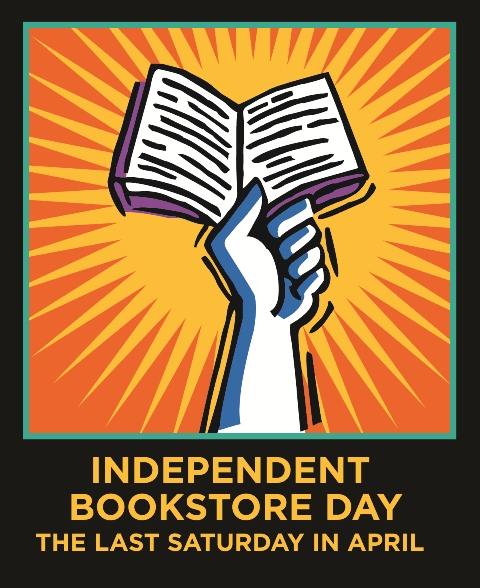 IBD is also something else; something that might sound contradictory, and yet is a critical factor in the success of indies. Tomorrow is a day to celebrate being dependent... upon readers like you.
IBD is also something else; something that might sound contradictory, and yet is a critical factor in the success of indies. Tomorrow is a day to celebrate being dependent... upon readers like you.


Colleen_Chrzanowski.jpg)
 Second, every chapter of Untangled ends with a "When to Worry" section that clarifies the difference between normal teenage behavior and that which is truly concerning. Untangled helps parents distinguish between the garden-variety challenges that come with raising teenagers and those that might require a dramatic shift in approach or a professional consultation.
Second, every chapter of Untangled ends with a "When to Worry" section that clarifies the difference between normal teenage behavior and that which is truly concerning. Untangled helps parents distinguish between the garden-variety challenges that come with raising teenagers and those that might require a dramatic shift in approach or a professional consultation. First published in 1974 by William Morrow, Zen and the Art of Motorcycle Maintenance: An Inquiry into Values by Robert M. Pirsig was a spectacularly popular philosophy book that was loosely autobiographical, tracing a father-son motorcycle trip and flashbacks to a period in which the author was diagnosed as schizophrenic. Its thesis was that quality is the basis of reality, and that this understanding unifies most East Asian and Western thought. Pirsig called this system of thought the Metaphysics of Quality.
First published in 1974 by William Morrow, Zen and the Art of Motorcycle Maintenance: An Inquiry into Values by Robert M. Pirsig was a spectacularly popular philosophy book that was loosely autobiographical, tracing a father-son motorcycle trip and flashbacks to a period in which the author was diagnosed as schizophrenic. Its thesis was that quality is the basis of reality, and that this understanding unifies most East Asian and Western thought. Pirsig called this system of thought the Metaphysics of Quality.